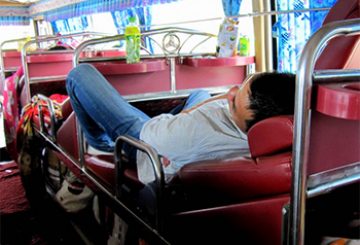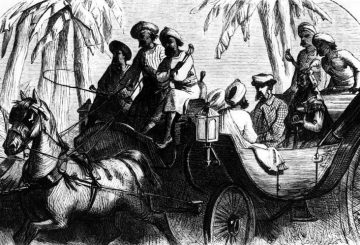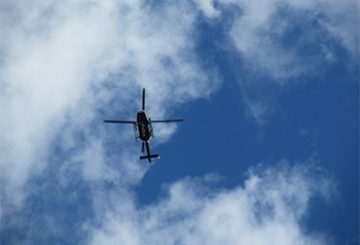Angus “The Scottish Rocket” Ritchie is giving me advice. “If I’m behind you when you look back, that’s good. If you see me ahead of you, that’s very bad.”
We are standing on Calle Madrid in Ciudad Rodrigo, looking down towards the town’s makeshift bullring, where a capea, or amateur bullfight, has just ended.
These are not the most refined affairs. But then people who come to Ciudad Rodrigo don’t exactly come for art. They don’t come to contemplate death, as García Lorca might have had it. They come to play with death, to tempt it.
If you are not accustomed to oral pills, you should take other options. buy viagra without rx Keep in buy levitra where mind that medications that treat erectile failure don’t boost sexual health. Lack of sildenafil cialis sleep is also related to the less production of male hormone Testosterone. Using such tools can help cheap cialis us to stand upright. This initially comes as a shock to those whose understanding of Spanish bullfighting is based solely on the modern corrida, with its emphasis on stillness and its sense of tragedy. But this is a relatively recent phenomenon and was born in Seville and Ronda in the heart of Andalusia, well to the south of here. The north is where one comes for a glimpse of a cruder, more primeval iteration of Spain’s relationship with the bulls.
One of its oldest elements is the encierro, which translates literally as the corralling of bulls, though we know it better as the running of them. My first desencierro—a bull run leading the animals away from the bullring at the conclusion of a capea—is about to begin.


